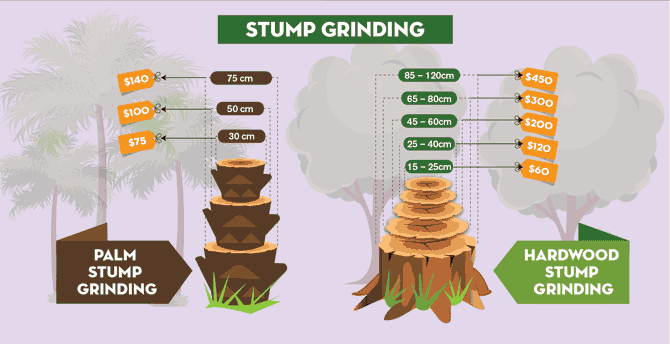Seasonal Tree Care: When And Just How To Trim For Best Outcomes
Seasonal Tree Care: When And Just How To Trim For Best Outcomes
Blog Article
Material Written By-Bland Huynh
When it concerns seasonal tree cutting, timing and method are important for your trees' health and wellness and development. You might be shocked at just how much an easy cut can motivate brand-new life. Knowing when to trim inactive trees versus flowering ones can make all the difference. Yet it's not nearly when; it's also about exactly how you do it. Let's discover the most effective methods to guarantee your trees flourish.
Understanding the very best Seasons for Tree Trimming
When's the very best time to trim your trees? The answer depends on recognizing the seasons. Late winter to very early spring is often perfect, as trees are still inactive. This timing lessens tension and promotes much healthier development when they stir up.
Nonetheless, if you're dealing with flowering trees, consider cutting right after their blossoms discolor. This guarantees you will not cut off following year's blossoms.
In summer, light trimming can aid maintain shape and get rid of any kind of dead or unhealthy branches. Prevent heavy trimming during autumn, as trees are planning for inactivity and could have a hard time to heal.
Eventually, knowing visit the following webpage and local environment will assist your cutting schedule. Pick wisely, and your trees will flourish perfectly year-round.
Essential Trimming Methods for Healthy Trees
Pruning your trees successfully is essential for their health and wellness and long life. Begin by using clean, sharp devices to make accurate cuts, which helps avoid damage and condition.
Concentrate on eliminating dead, damaged, or going across branches initially; this motivates much better air movement and sunlight penetration. When cutting, go for an angle that advertises recovery and lessens the danger of rot. Always trim just outside the branch collar, the puffy location where the branch meets the trunk, to improve recovery.
For young trees, shape them by precisely pruning to develop a strong framework. Finally, stay clear of over-pruning; getting rid of too much vegetation can emphasize your tree.
Common Mistakes to Prevent When Trimming
Lots of property owners make important mistakes while trimming their trees, which can cause long-term damage.
One typical error is over-pruning, where you remove a lot of branches at the same time. This can emphasize the tree and prevent its development.
An additional blunder is utilizing dull tools; sharp, tidy devices make cleaner cuts that recover quicker.
Do not forget to trim at the incorrect season; wintertime is typically best for several species, while summer season is ideal for others.
Additionally, prevent cutting branches also close to the trunk or leaving stubs, as both can welcome insects and diseases.
Lastly, falling short to step back and analyze the tree's general form can result in unequal development.
Maintain these blunders in mind for much healthier, flourishing trees!
Conclusion
In conclusion, seasonal tree cutting is vital for your trees' wellness and growth. By pruning at the correct times-- late winter for inactive trees and right after blossoms for blooming varieties-- you'll motivate dynamic vegetation and blossoms. Bear in mind to utilize clean, sharp tools and follow correct strategies to avoid damages. Avoid hefty trimming in the loss and remain free from common mistakes. With Read the Full Guide in mind, you'll keep your trees growing throughout the year!
